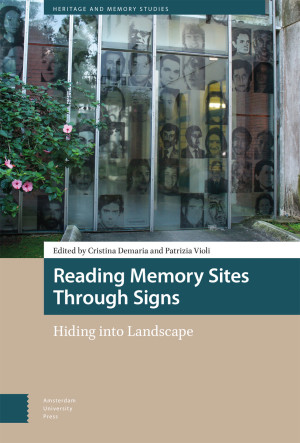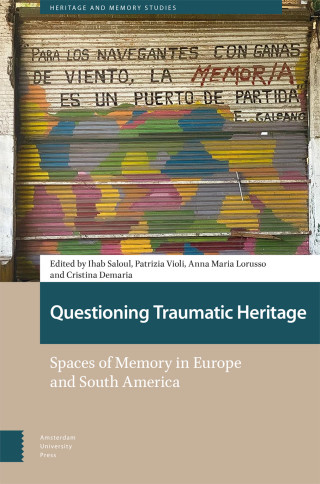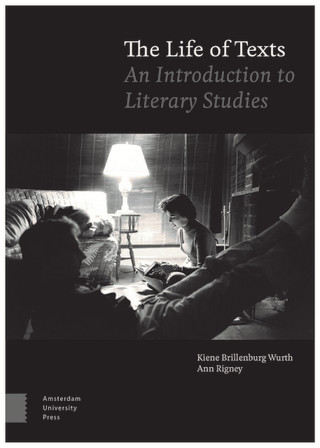Cristina Demaria
Cristina Demaria is Professor of Semiotics at the Department of the Arts of the University of Bologna, where she teaches semiotics of conflict, gender studies and semiotics of social sciences. She has worked extensively on traumatic memories and their representation, on visual culture and documentary films, and on gender studies and post-feminism. Her latest publications include Post-Conflict Cultures. A Reader (2021), and Reading Memory Sites Through Signs: Hiding into Landscape (2023).






